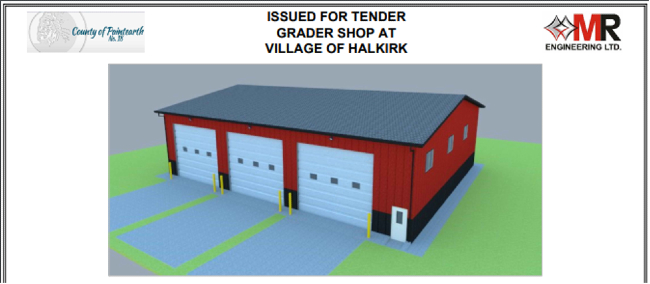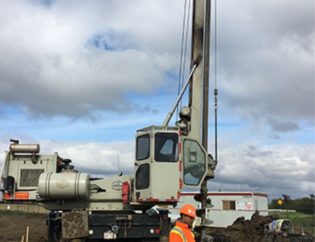
Tendering is the structured process by which governments and financial institutions gather bids for large scale projects. The main benefit for project owners to request for tender is the ability to invoke competition between qualified companies whereby the most economically advantageous tender can be selected. In addition, the contractual nature of the tendering process allows municipalities to formulate a concrete timeline for when their project will commence and conclude. Due to these advantages, nearly all government jobs and other large scale projects will go through a tendering process to choose the most desirable candidate. On the side of the tenderers, the procedure of preparing and submitting a tender without any guarantee of receiving the project can seem to be too complicated and time-consuming. However, most contractors will eventually engage in tendering to further progress their business as well as to undertake more sizeable projects along the way.
In nearly all cases, the tender procurement process begins with the issuing of a Tender Document that is distributed to all participating contractors and suppliers. The goal of a complete and comprehensive Tender Document is to properly inform tenderers the exact terms and conditions of the tender process so that they are able to submit a compliant bid. Most Tender Documents are composed of an Invitation to Tender, a set of Instructions to Tenderers, and a Tender Form that serves as the official response to the Invitation to Tender. For more complex projects, an Addendum may be issued prior to the tender closing date to provide changes or clarifications to the Tender Document.
As its name suggests, an Invitation to Tender is simply a formal solicitation for bids or offers from competing contractors and suppliers. In essence, the Invitation to Tender provides a brief introduction of the project itself and the tendering process. General information regarding the scope of work and the project timelines are usually included. More in-depth requirements of the tender will be delegated to other sections of the tender document, so make sure to keep the Invitation to Tender concise and to-the-point.
All of the project details, submission deadlines, material specifications and other information relating to the tender should instead be delegated to the Instructions to Tenderers. As this section makes up the bulk of the Tender Document, it should not omit any terms or conditions required by the contractor to formulate a valid bid. It is also a good idea to discuss any legal obligations associated with the tender process in the Instructions to Tenderers section. For example, freedom of information, protection of privacy, insurance or other possible legality issues should be thoroughly explored in this section to protect all parties involved.
The final piece of document required for tenderers to complete a bid is the Tender Form that is filled out, signed and included in the bid submission. Some of the information that must be provided by the tenderer usually includes company details, project completion timelines, and pricing for the services offered. Despite being a fairly straight forward document, the Tender Form often acts as an official written offer from the tenderer to the project owner, where upon acceptance, will constitute a legal-binding contract between the two parties. Therefore, it is very important to ensure the clarity and correctness of the Tender Form.
Although Tender Documents are always prepared with caution and care, mistakes can still happen. Whether it is to address a misrepresented detail or to introduce any forgotten information, any mandatory changes to the Tender Document can be applied prior to the closing date with the use of an Addendum. Even so, frequent changes to a tender document can make the already complicated tendering process even more confusing. So, for most of the cases, Addendums are only issued once or twice maximum if and when absolutely necessary.
For many project owners, putting together a complete Tender Document can be a daunting task. On top of the common components of a Tender Document we have explored above, many more supporting documents may be added depending on the nature of the project, such as preliminary drawing or engineering reports. To prevent headaches during the procurement process, many project owners will choose to retain experienced consulting companies for their assistance. Even government organizations will often require the help of such consultants. We at MR Engineering have been employed by many institutions in the past to assist them with preparing a Tender Document. Our extensive knowledge and experience come from almost a decade of involvement in construction projects and the tendering process. In addition, our focus on a wide range of engineering disciplines, including civil, structural, geotechnical, mechanical and electrical, make us a useful consultant for any type of projects. In fact, many project owners will continue to work with MR Engineering past the tendering process to take advantage of our wide array of skills and expertise. Even throughout the construction process, we as engineering consultants are able to provide construction support, site inspections, material testing and many more services. From our point of view, any companies having difficulties with the Tender Document and beyond, can definitely benefit from hiring a consultant to help make the whole process a little easier.







